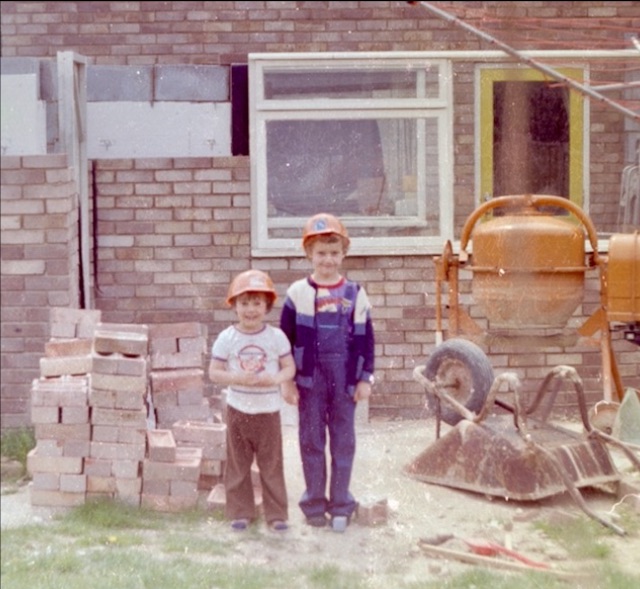DIY
Like many people my age, I can remember how I first heard of the assassination of President Kennedy. The news, sent at speed across oceans and continents by amateur radio enthusiasts, was picked up by my father, a radio ham, on his home-made receiver in a bedroom in our house in the Hampshire countryside. He ran downstairs to tell my mother. They would have put on the television, and shortly afterwards the evening’s programmes would have been paused for a newsflash.
My mother had to share the bedroom with more than one radio receiver. The chatter of call signs – ‘CQ, CQ, CQ’, an invitation to talk to another radio buff, perhaps in the US or Australia – was part of the background music of my childhood, along with the squawks of our parrot and mynah bird and the murmur of Mrs Dale’s Diary from the kitchen.
My father did not reply to the call signs. At this time, he was interested only in receiving, not broadcasting. I think for him the chief attraction was in building the set, in putting together the components: dials and diodes and gleaming glass and metal valves, some as large as an old-fashioned lightbulb. Only once it was assembled could the voices from across the world be conjured up. Dad must, like so many schoolboys of his era, have become hooked on electronics when, in the years between the wars, he made his first crystal radio set. He soon progressed to bigger and better projects, which my brothers enthusiastically joined in.

Rare indeed was the piece of electronic equipment in our home that my father did not tinker with and ‘improve’. He built the huge loudspeakers that stood in our living room, whose appearance distressed my mother daily. Stuffing from old pillows, put inside them for ‘damping’, escaped. They were emerald in colour because Dad, who liked to reuse and recycle, had sawn-up our old ping pong table to make them. Interior décor wasn’t his strong point.
When I got married, I imagined living a smart home, tastefully decorated and furnished, free of half-finished projects – different to my childhood home, in other words. It didn’t work out like that. Needs must, and while our children were growing up, we, like so many others in the 70s and 80s, lived in a series of ‘fixer-uppers’. We installed new heating systems, replaced dysfunctional bathrooms, and my husband built a couple of extensions.
There were times when the presence of a cement mixer and bags of sand and gravel, which made the garden look like a builder’s merchant’s yard, infuriated me, and the sense of chaos and flux upset me. I like my surroundings to be orderly. Family life is tumultuous enough without the additional burden of living in the middle of a construction project. And yet at the same time we both took satisfaction in the result – a bigger room, a nicer bathroom, more space for our expanding family. We shared a sense of excitement in each new venture. There is pleasure in the making, whether it’s a central heating system or a wireless receiver, a novel or a poem.

In A DIFFERENT WORLD my character, George, is a poet, but he’s also a DIY enthusiast. He can turn his hand to anything. He can gather what’s needed to repair a slate roof; he can acquire the skills to renovate an old barn as skilfully as he can create a poem. When I start work on a new novel, I collect bits and pieces of inspiration from far and wide. The first few pages of my notebooks are a ragbag of jottings and cuttings: phrases, names, locations, quotes, photos, and maybe a sentence or even several paragraphs that I will make use of more than a year later, unaltered. I’m making my own voices, just as George does in his poems, and just as my father did with his wireless sets. They speak across countries, and echo from other times.